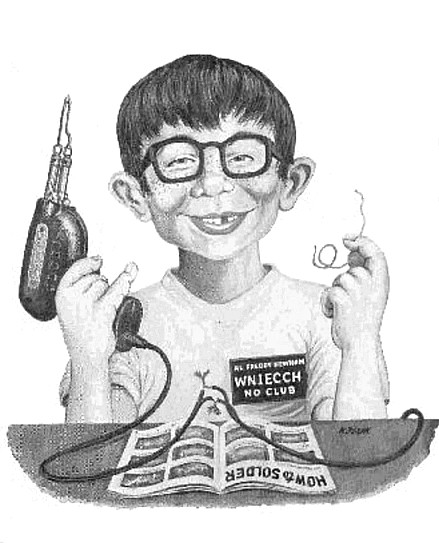
Thanksgiving night
For the past 30 or 40 minutes, I’ve been listening to three hams talking together, with 2 of them trying to help a fellow with his audio.
The ham had a Yaesu FT-2000 and the audio on the factory hand mic sounded narrow and crappy. The owner was trying to adjust his audio on the menu of the FT-2000 without the benefit of the manual or the DMU display.
The man had no idea of what the menu’s audio adjustment meant without the manual, but he was changing things regardless; and one of this buddies — who had no experience with an FT-2000 — was trying to help him adjust the audio. And what was really nonsense was the fact the guy was making menu changes to adjust his audio without adjusting the parametric equalizer! And during most of his adjustments, he never actually applied the changes he was making and saving them!
The guy with the FT-2000 had bad sounding audio, and for the 3 years he owned the radio, he said he had gotten bad audio reports! The FT-2000 has a wonderful parametric equalizer that can improve any mic, and make it sound nice; why this guy had run the rig this way for 3 years just dumbfounded me — why??
Finally, one of his buddies looked up the FT-2000 manual, and had the guy shut off the parametric equalizer settings; but then he found the setting to widen the transmit bandwidth. He finally talked the guy into setting the bandwidth (MENU 085) to 100-2900 Hz. With the equalizer and compression off, the hand mic sounded pretty good.
While it isn’t a perfect way of adjusting audio, if you put on headphones and enable the Monitor function, you can get a fair approximation of what your transmit audio will sound like. It gives you a good place to start, anyway! But apparently, this guy didn’t know what the monitor function was and had never tried it.
As complex as modern transceivers are today, trying to make fine adjustments is nearly impossible without having the manual handy — though that never stopped this guy, lol! Fortunately, some looked up the simplest setting and helped him rescue his crappy audio.
SB-102 WORK. Tonight I started work to replace the loose electrolytic capacitor on the Heathkit SB-102 audio board. Its a 20uf 350v cap, and when I receieved the rig, the cap was loose. The only soldering utensil I had handy though was a 150 watt soldering pistol — way too much head for what I was working on. But I should get the cap changed out tomorrow, and then maybe I can connect the power supply and test this thing out.
Stay tuned!
